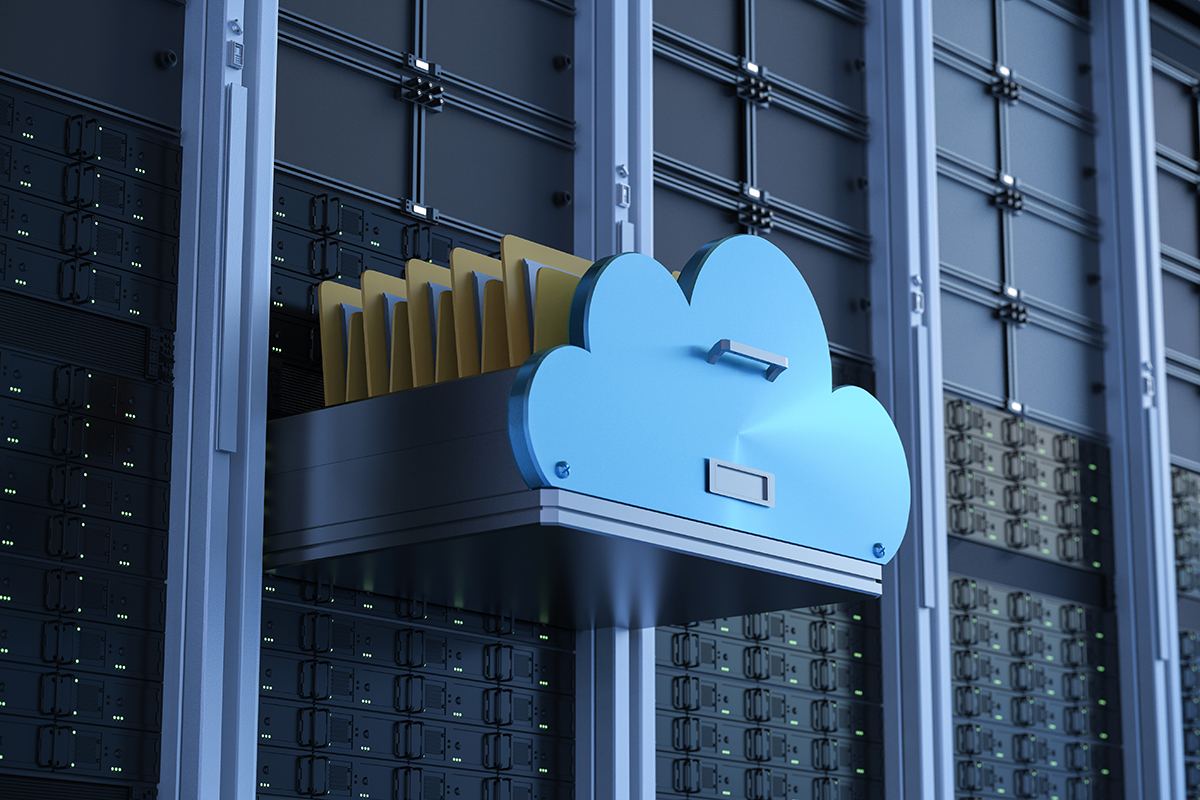
What Companies Must Do to Survive the Transition to America 2.0

Out with the Old, In with the New
Digital Transformation is not new. For many years now there has been a long, slow push toward a new economy based on digital, AI, precision medicine, 3D printing, IoT and other “new economy” building blocks. Some, including billionaire entrepreneur Mark Cuban, have called this new economy “America 2.0.” The reality is that most older, well-established “blue chip” companies have not done a great job making the transition to America 2.0, while most growing, thriving companies are those that didn’t exist 20-30 years ago. These growing companies are typically ones that were either “born digital,” or quickly made the transition to digital business models, processes and IT solutions in recent years. “Old Economy” companies, those with legacy business models who have not yet made the operational and technology investments required to transform their businesses, continue to operate as if the world is not changing quickly around them, or as if they had all the time in the world to adapt. But when governments world-wide forced the shutdown of economies to slow the spread of COVID-19, it changed the way people were allowed to work and set the stage to create long-term winners and losers. Indirectly, corporate America received an ultimatum – Transform or Die – the new economy is here, and companies that fail to transform will more than likely struggle to survive.
In reality, the COVID-19 crisis accelerated trends that were already taking place, fostering an environment where “new economy” companies will thrive and companies that failed to transform prior to COVID-19 will more than likely struggle to survive. In fact, things could get brutal. According to research conducted by Accenture at the end of 2019, which measured differences in digital technology adoption, depth, and culture penetration, “the top 10% of companies (“leaders”) grow revenue at two times the rate of the bottom 25% (“laggards”). The two groups’ approaches and methods are dramatically different. For example, leaders have adopted automation and A.I. five times as fast as laggards, and have put in place strategies that give them high confidence in the reliability of their data. The same pattern holds true across other technologies” (Source: Fortune, June 26, 2019). The message is clear . . . innovate or see your revenues stagnate and decline. In fact, we saw companies who had already made the investment in digital transformation, large and small, adapt to the shelter in place rules fairly quickly (i.e curb-side pick up, ecommerce sites, telehealth, etc). It is as if the crisis forced us to ask and respond to the question, “What if physical location and space doesn’t matter anymore.” Or better yet, what if physical space and interaction just plain isn’t ALLOWED anymore. How would we adapt?
Transform or Die
So what happens next? How will all of this get sorted out in the coming months and years? We hear politicians, economists and business leaders debating the possibilities – will there be a “V-shaped” recovery, or will it be more of a “U-shape?” Or maybe it will be an L-shape where we linger in economic malaise for many months to come. I personally believe that what we will see is a Y-shaped recovery – one where “new economy” companies who were born digital or have adequately transformed themselves will experience sharp growth, while the “old economy” laggards who have not adapted their business models or technology will languish and ultimately die.
Source: Salesforce Work.com COVID-19 Response Playbook, 2020
For those old economy companies who are lucky enough to make it through the COVID-19 crisis, it is my personal belief that they have a short window of time – maybe a year or two – to transform themselves, or die. So what exactly must these laggards do in order to survive and flourish in the America 2.0 economy? Simply stated, they must accelerate digital transformation to become faster and more relevant to customers, employees and partners. In fact, they must rethink their business models and technology solutions, putting customers and employees at the center of everything.
Put Customers at the Center of Everything
Digital Transformation begins with putting customers at the center of everything a business does. Business processes, from Marketing to Sales to Service, need to be reimagined from the customers’ perspective. This means doing some serious soul-searching to audit customer moments of truth, identifying pain points and opportunities to differentiate your business. The entire customer journey needs to be mapped out, enabled and automated, and key customer touch points, such as onboarding, purchasing products and services, and issue resolution, need to be streamlined. Service case data is a great place to start, as it will help you identify the most common challenges faced by your customers, and your biggest opportunities for improvement.
Build a Customer-centric model that unifies the Business and IT, automates everything for speed and simplicity and creates data-driven, actionable insights geared toward helping employees do the right things for customers. Most importantly, don’t forget to dedicate resources and time toward training and enabling your employees on your new Customer-centric business model.
Become an Agile Organization
In the America 2.0 economy things change quickly and your business model, processes and IT solutions need to be able to adapt – quickly! Create listening mechanisms through portals, ideas, surveys and social listening. Implement a data-driven KPI model to detect market changes early, and respond with agility, enabling the business to deploy new digital capabilities at speed.
Technology should be an enabler, not a barrier to becoming an Agile organization, so leverage low-code technology platforms that can adapt at the speed of business, allow for trial and error, and are easy to extend across the enterprise.
Supercharge Productivity by Fostering a Positive Employee Experience
It is often said that the key to happy customers is happy employees. As companies put customers at the center of everything it stands to reason that happy, productive employees are critical to this strategy. Mapping out employee personas and journeys is the key to creating engaging employee experiences. It starts with building your marketplace reputation as an employee friendly company, continues through the employee onboarding experience and provides employees with the information and tools that will allow them to learn and grow their careers. Leverage technology to create multiple avenues for employee feedback and provide positive moments of truth for employees both inside and outside the workplace. Guide employees all along their workplace journey, providing them with targeted learning at exactly the right times to progress their knowledge and their careers, and provide reassurance in times of change, such as during a merger or acquisition. Also show you care about their journey outside of work, supporting them when they need it most – life events such as a marriage, the birth of a child or a death in the family. Being there for employees when it matters most is a sure way to garner loyalty and increased productivity.
We Can’t Unsee This
We find ourselves at a unique moment in economic and business history. The challenge is staring us all in the face and the answer is clear – Transform of Die. The good news is that there is a plethora of knowledge and technology at our disposal to help ease our customers’ transition into the new, America 2.0 economy. Apexon, in particular, is here to help. We will bring to bear all of our business knowledge and technical skills to help our customers make this transition. Our deep focus on Strategy and Innovation, Salesforce, Data and Analytics, Digital Experience, Automation and Engineering, all with an eye on lean/agile development at the speed of business, will allow us to rise to this challenge.
I am convinced that Salesforce and its platform of low-code, rapid development solutions will be at the center of future digital transformation efforts. Apexon will leverage the Salesforce platform to help our customers make data-driven decisions, take action, work differently and engage customers and employees in whole new ways, allowing companies to rapidly adapt to ever changing business conditions, supercharge their productivity and put their customers at the center of everything.




